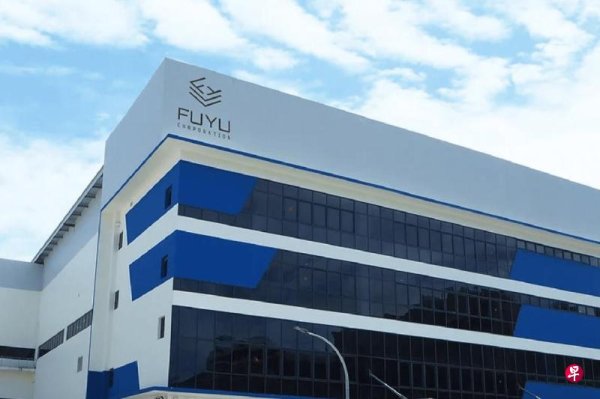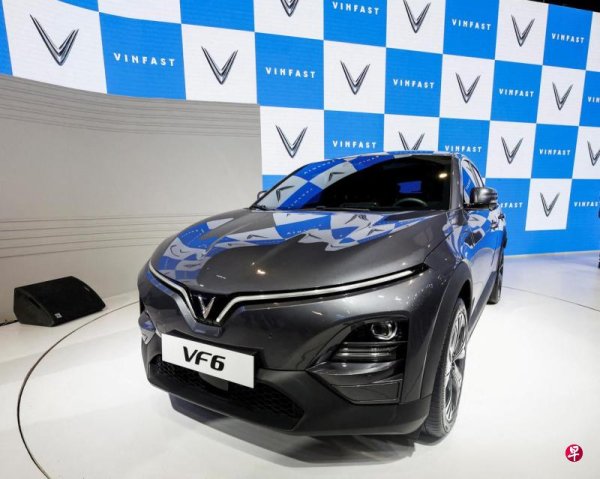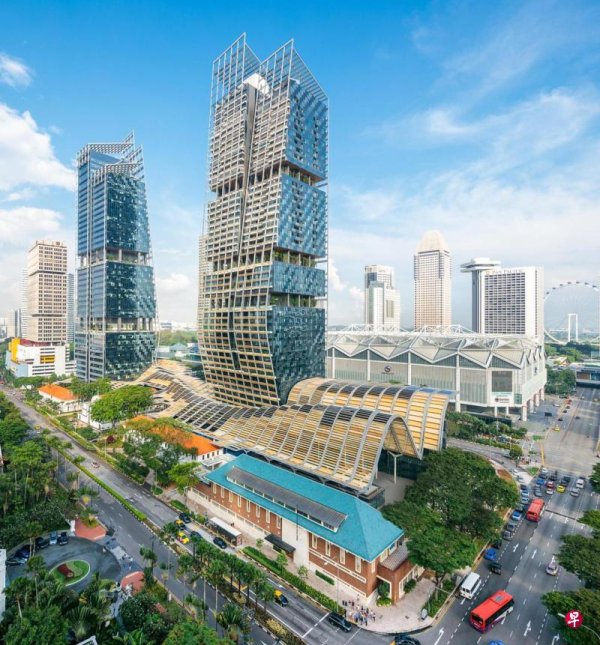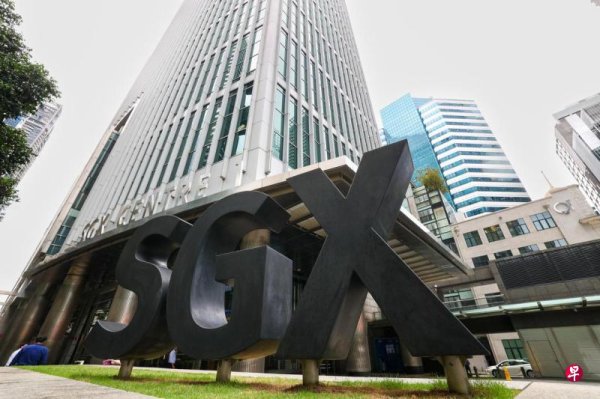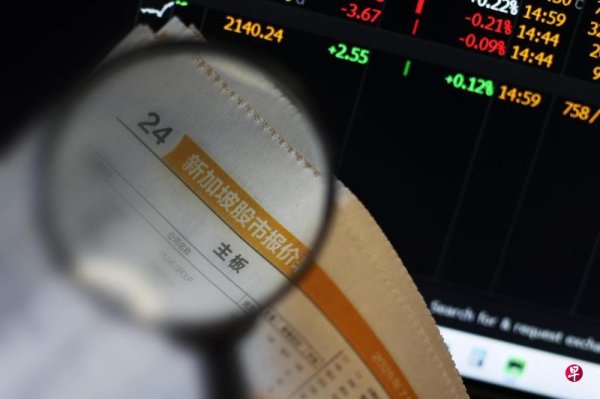Grab Center for Excellence Opens, Promising More than 50 High Value Jobs
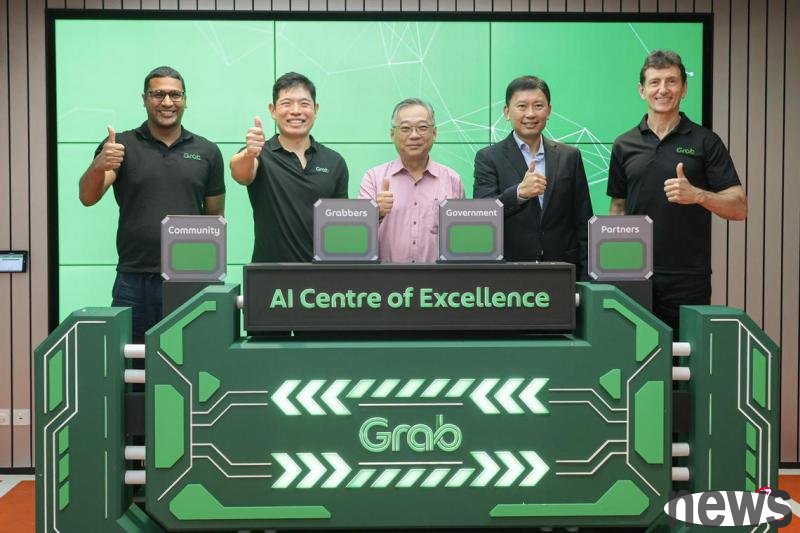
Grab announced the establishment of a new AI Centre of Excellence on Friday (May 23), which is expected to create more than 50 high-value AI positions this year, covering products, engineering, data and analytics.
In addition, Grab has also worked with the Singapore Association of Visually Impaired (SAVH) to develop voice assistance functions to help visually Impaired book services more easily.
Yan Jinyong said that the government is committed to improving the various infrastructure required for artificial intelligence. “By 2030, we will gradually increase the capacity of our data centers from about 1.4 GW to about 2 GW. We also establish partnerships with major vendors, from chip manufacturers to service providers. We will also work with international partners to ensure that the chips needed for AI can continue to be obtained and used.”
Theactivity also shows the application of a series of AI technologies. For example, Grab works with the Public Utilities Bureau (PUB) to instantly send flooding information from bad weather to electric hikers. Drivers can also provide feedback on flooded information to the utility bureau through the Internet of Things (IoT) technology that carries the device with them.
This center is supported by the Digital Industry Singapore (DISG) established by the Singapore Economic Development Bureau, the Enterprise Development Bureau and the Information Communications Media Development Bureau. Vice Premier and Minister of Trade and Industry Yan Jinyong, and Minister of Transport Xu Fangda attended the opening ceremony.
Philbert Gomez, executive director and head of the Digital Industry Development Department, pointed out that the establishment of Grab's AI Center of Excellence demonstrates our country's vision to become the most driving force for artificial intelligence in the world. “Grab is developing advanced artificial intelligence solutions in Singapore to create tangible value for consumers, empower businesses, and enhance the community well-being of 700 million people in Southeast Asia.”


